Hey there,
I'm growing an array of vegetables in my home garden. A few problems I'm facing are with my tomato plants. I have about five years background in agriculture (both small scale farming and home vegetable gardening) and would love to know what you all think.
I live in southern California in USDA Plant Hardiness Zone 10a. We've had an extremely hot and dry month of May (last week the average temperature was 90 degrees and we've already had two days in 100's with more soon to come) and an incredibly odd temperature range (going from 70 degrees to 100 in a matter of days). All beds receive 8 hours of sunlight (except the strategic plants which require less). I have 15 beds size 6'x3' with the top 8 inches of being compost, peat moss, and vermiculite. The beds are fertilized monthly (and in some cases more if the plant requires it).
As far as pests go, I have aphids left over from my winter kale crops. I also have cabbage worms I am constantly in the process of removing. A tomato flea beatle was spotted for the first time today on a vigorous tomato plant, but there has been no sign of damage yet. Last but not least, I have an argentine ant problem I am continually managing due to the aphids (I guess in that case it's more like what came first, the chicken or the egg).
My tomato fertilization has been done monthly with a 5-5-5 organic vegetable mix (dr. earth) and compost when necessary (but not on a regular schedule). I also started the spring season by adding rock dust and a sparing amount of soil humus to each bed.
I practice crop rotation (leafy greens, legumes, and rooting vegetables) to prevent disease and add to soil fertility. The tomatoes in discussion are planted where I have not planted tomatoes before.
To boot, I've chosen to hand water my raised bed garden with a wand. I know that was a foolish choice and am currently in the process of installing a drip system for each bed. Up to now, I water once (to twice when it is extremely hot and dry) a day after the sun has gone down. I use a moisture reader to indicate if it's necessary. Due to the warm season, I lean on the side of moist.
Most all my other vegetables seem to be doing great. I have 33 tomato plants from different varieties of heirlooms. All but one tomato plant is pruned. Up to this point, I have not noticed disease and/or pests other than the ones mentioned above and have done a fairly descent job of preventing such cases from happening.
Also, I practice organic methods and try my best to stay away from overt pest and disease management practices. I did however have to turn to using BT to help control the cabbage worms (even though this practice is still considered organic, I tried my best to stay away from it).
So here are the dilemmas,
1) All my tomato plant leaves are curled (refer to images 1 and 2). I know this is a regularly discussed problem on these forums, but I thought I'd ask for advice regardless. I assumed because there are no signs of disease/fungus on the leaves or plants (in 32 of the 33 plants), this was due to the hot and dry season (physiological) and it would eventually correct itself. What can I actively do to help correct this? Mulching?
2) Also seen in picture 1, there is a ring around the top of the tomato. Is this something to be concerned about?
3) I pulled a tomato plant today that had poor growth when compared to the other tomato plants (refer to images 3 and 4). It set some fruit near the middle of the main stem, and then became sickly looking. The main stem was a dark brownish color and the flowers at the top began to exhibit symptoms of something more going on (drying and blackening). What is this? Should I be concerned of this happening to the surrounding plants?
3) 1/3 of my early tomatoes have had what looks to me like an early version of end rot or blight (refer to image 5). Which one is it or is it something different? What is your recommended response or management method(s)?
4) Should the cabbage worms be a cause for concern regarding the tomato plants? Being that I've never heard this discussed in school or on the farm, I assume the answer is no.
5) I found this pest hanging out in my dino kale and was unable to identify it. Does anyone know what it is (refer to image 6)?
6) Should I respond to the flea beetles in any way or wait for signs of damage done (refer to image 7)?
7) How do I get rid of the moths spreading the cabbage worms? How do I tell if the pest are cabbage worms or cabbage loopers? Is there any other method for control other than BT and/or low tunnels? I have heard of traps, are these effective?
8) Could all these, other than the pests, stem from my overwatering in attempt to compensate for the hot and dry spring?
Thanks for any and all help in advance! I care deeply to see these crops grown because 70% of my gardens output is donated to a local food bank.
Andy


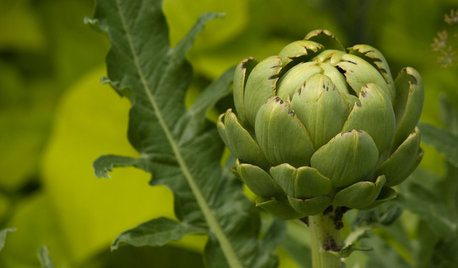

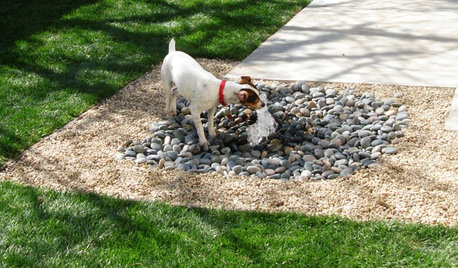

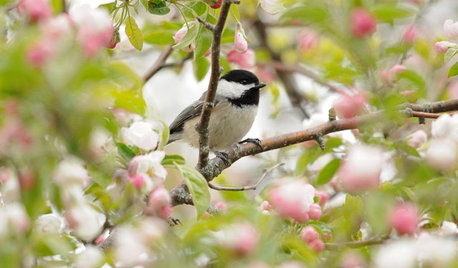

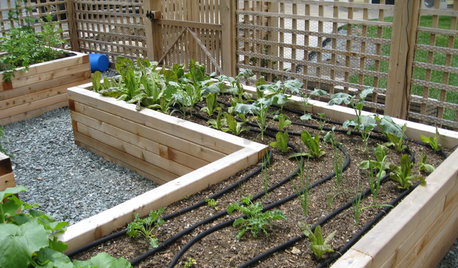
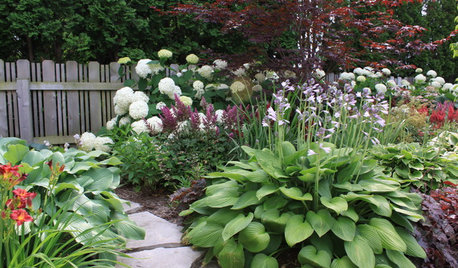







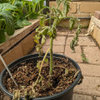
jean001a
Related Professionals
Wrentham Landscape Architects & Landscape Designers · Comstock Park Landscape Architects & Landscape Designers · Ashburn Landscape Architects & Landscape Designers · Ballenger Creek Landscape Architects & Landscape Designers · Leawood Landscape Architects & Landscape Designers · Alexandria Landscape Contractors · Wakefield Landscape Contractors · Barrington Landscape Contractors · Bethel Park Landscape Contractors · Cockeysville Landscape Contractors · Merced Landscape Contractors · Winchester Landscape Contractors · Yukon Landscape Contractors · Perth Amboy Siding & Exteriors · Round Rock Siding & Exteriors